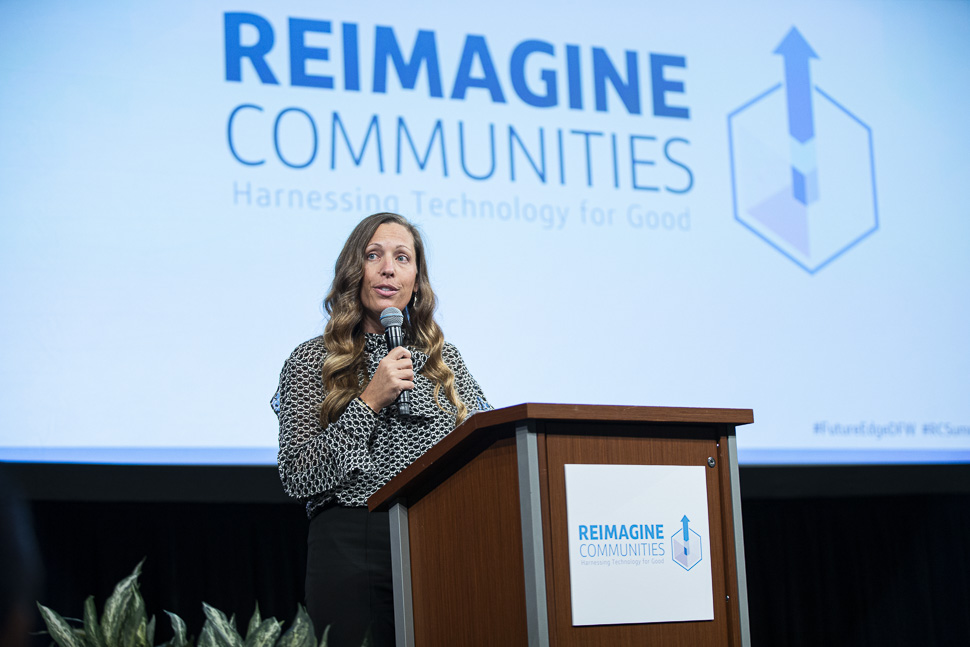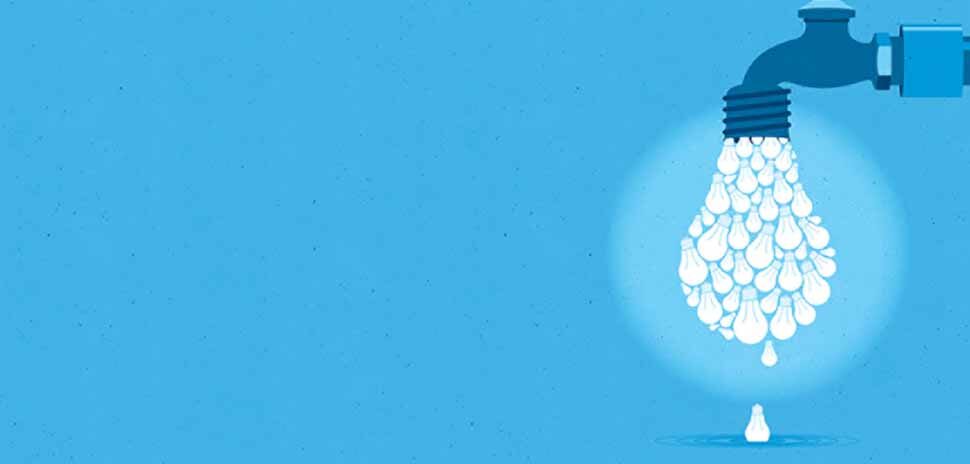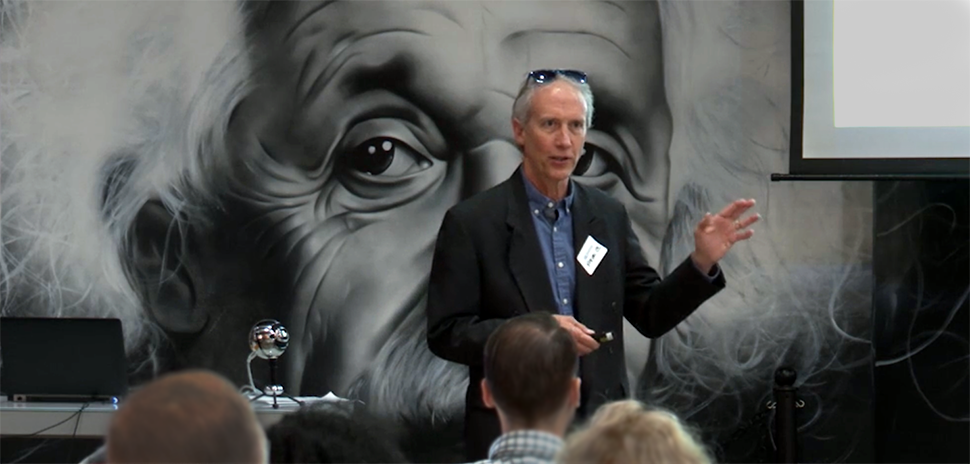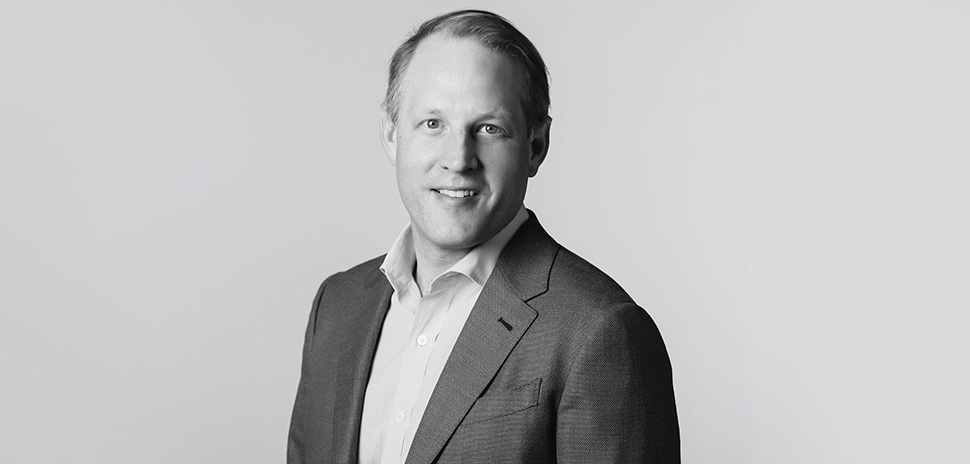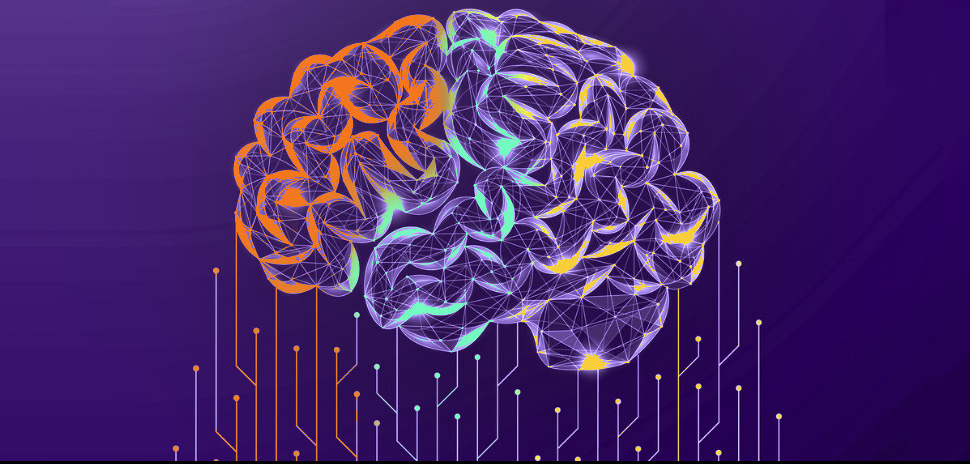Capital One is a firm believer that technological advances are continuously and quickly driving the state of our communities.
With its Future Edge initiative, Capital One made a pledge to help these communities prepare for the future by providing access to 21st-century skills, tools, and resources.
Innovation spurs development, which affects the way we, in North Texas, live and work. It’s up to the region’s stakeholders to drive change in the decades to come. But, positive outcomes can only be created through a collaborative ecosystem of corporations, entrepreneurs, nonprofits, and the arts, Capital One Financial Services President Sanjiv Yajnik says.
That’s why Capital One gathers each of these sectors at its Reimagine Communities Summit to spark the necessary exploratory conversations.
This year’s fourth annual day-long event focused on human-centered design and advanced digital tools, which Yajnik thinks can “drive greater impact for [Capital One’s] community partners while improving the way of life for everyone across North Texas.”
Each panel, presentation, and workshop dove into a different aspect of how to accomplish this, but together reiterated the overall message: Organizations need to harness key technologies to grow and scale. It’s more vital than ever to explore the impact digitalization has on businesses to fuel the future talent pipeline in Dallas-Fort Worth.
Recap: Capital One’s Reimagine Communities Summit
Tiffany Cason, Capital One’s Dallas market president, kicked off the summit at the company’s huge Plano campus.
“Today, our conversations will explore how nonprofits can build operational strength with tools and skills and how organizations can achieve technology transformation to align the physical and digital worlds for clients and employees to improve our communities,” she said. “We want to continue to take deliberate action in helping our communities further their prosperity.”
Locally and nationally based industry experts led hands-on workshops in the morning, and in the afternoon, panel discussions. The day was bookended by broader talks—a presentation on the digital age to start, and a live roundtable to finish.
The Problem Solving Generation
Jaime Casap, Education Evangelist, Google
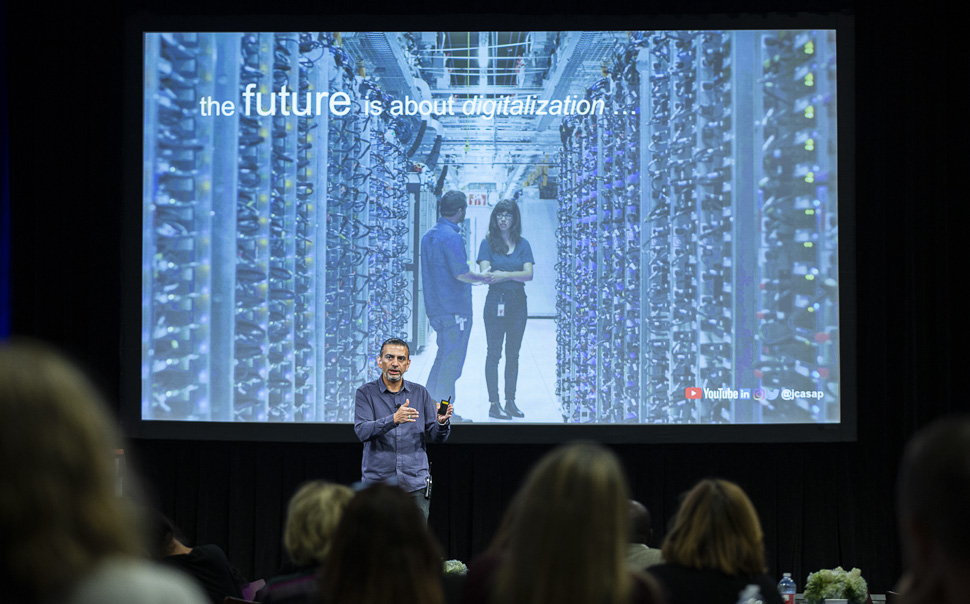
Jaime Casap [Photo: Brandon Wade]
Jaime Casap believes that education needs a cultural shift toward helping learners develop the skills needed to thrive in the “new digitalization environment.” That involves preparing students to solve problems that haven’t even been defined yet, use tech that hasn’t been invented, and move into roles that don’t exist.
Beyond his role at Google, Casap is also a teacher, mentor, and budding YouTube star. But, everything he does is centered around the idea that education is above all.
READ NEXT STEM, STEAM, STREAM: North Texas Experts Discuss Why Education Matters to Business
“Education changes families and destinies. Education disrupts poverty,” he said. “We can take any kid and make them a success through the education programs that we provide. That’s the impact that we have. Whether you’re a teacher, whether you’re a program, whether you’re an administrator—wherever you are in the education pipeline, that’s the impact that we have.”
Technology has changed education dramatically in the last 20 years. The generation currently in school is the first true digital generation, who learn from a different perspective because of the world they were born into. And, according to Casap, we’ve given them a “pass” and expected them to naturally learn how to use technological tools.
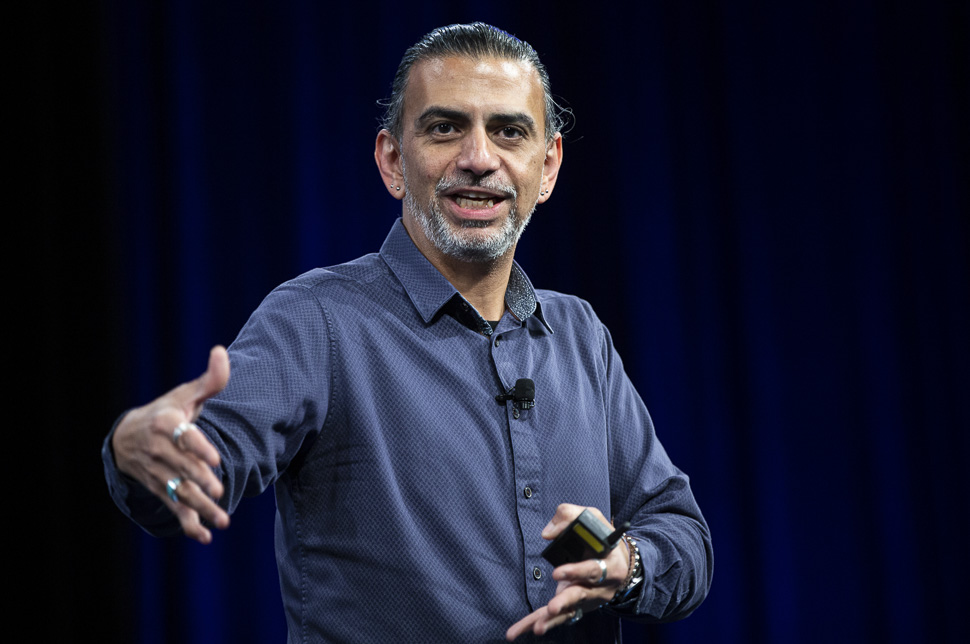
[Photo: Brandon Wade]
He thinks we need to understand digitalization and computer science in the same way, and teach these as basic fundamentals in order to build the future.
“We’re too busy trying to react to the world. But what we really should be doing is thinking about what’s next. Not what it is, but what’s next,” he said. “Because change happens gradually, then suddenly. And suddenly is coming at us.”
Unlocking Data for Good
Robert Mundinger, Founder, The Map.io
Tim Bray, Director, University of Texas at Dallas
Sara Mokuria, Associate Director, University of Texas at Dallas
Anthony Galvan, Associate Director, University of Texas at Dallas
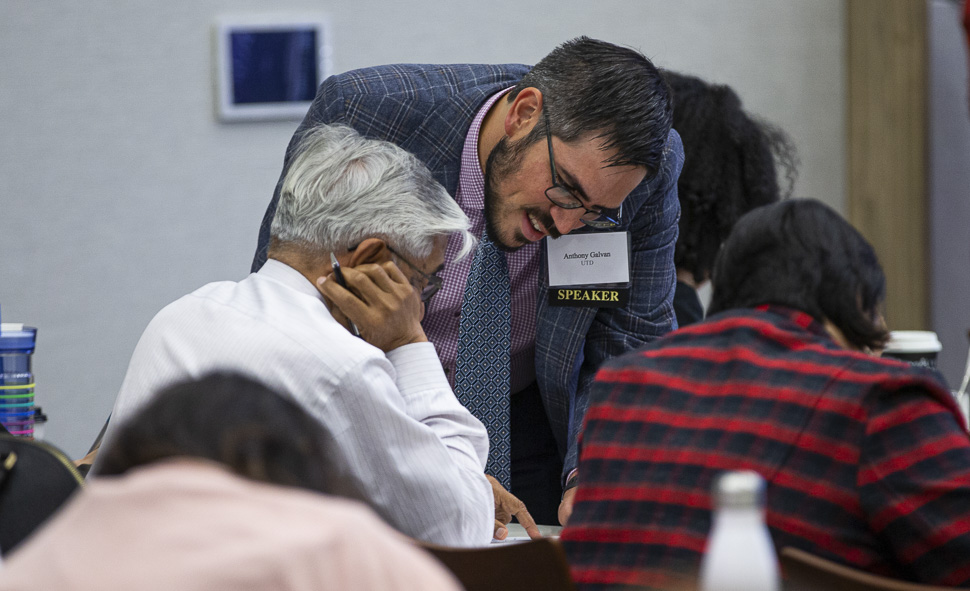
Anthony Galvan from UTD [Photo: Brandon Wade]
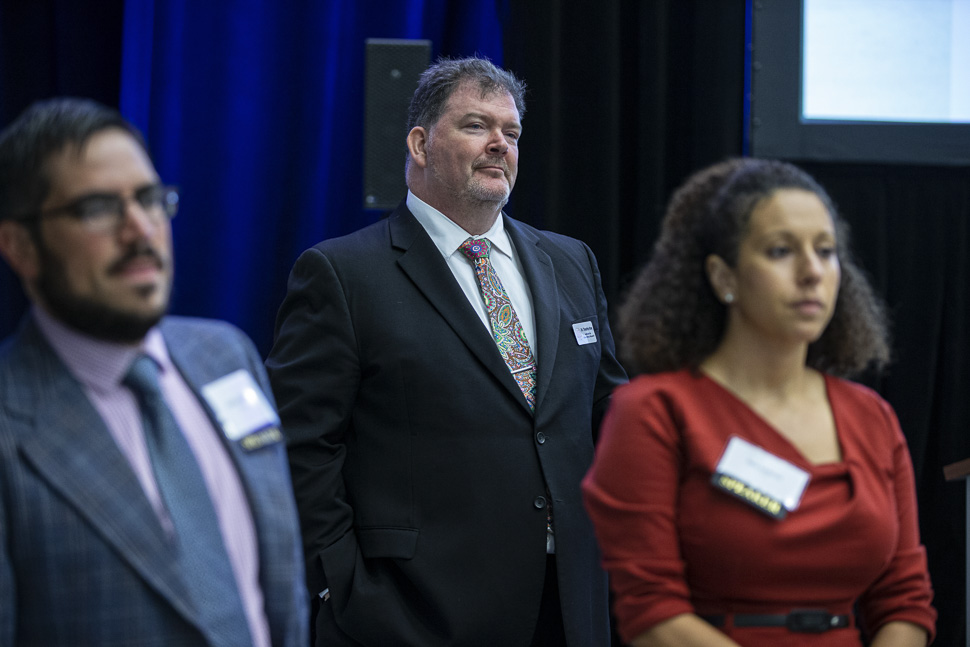
The UTD team, from left: Anthony Galvan, Tim Bray, Sara Mokuria [Photo: Brandon Wade]
While collecting data seems like a simple concept, many organizations find difficulty actually using the data for actionable insights. Collected data sets can be filled with treasure troves—you just have to know how to find them.
Robert Mundinger is familiar with leveraging big data and analytics through his site, TheMap.net, which visualizes information to better understand what’s happening around Dallas-Fort Worth. His opening at the summit sifted through the origins of info—showing that pretty much everything involves data, and when used correctly, it can help solve social challenges.
Then, in the workshop following, the team from the University of Texas at Dallas’ Institute for Urban Policy Research showed how organizations can demystify data in order to unleash dimensions of innovation.
Human Centered Design: A Creative Problem Solving Method
Katie Krummeck, Educational Designer and Facilitator
Renee McKeon, VP of Design, Capital One Financial Services
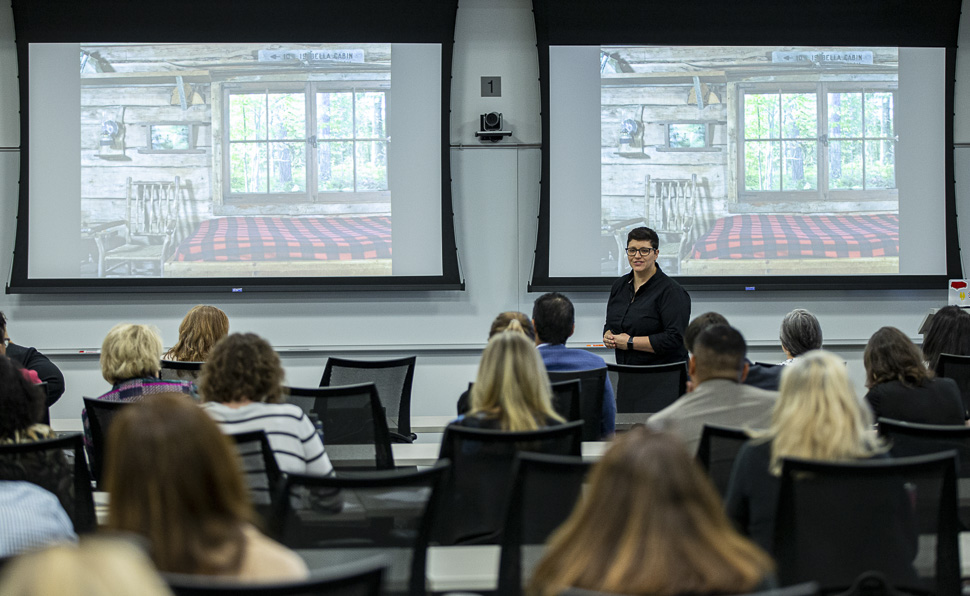
[Photo: Brandon Wade]
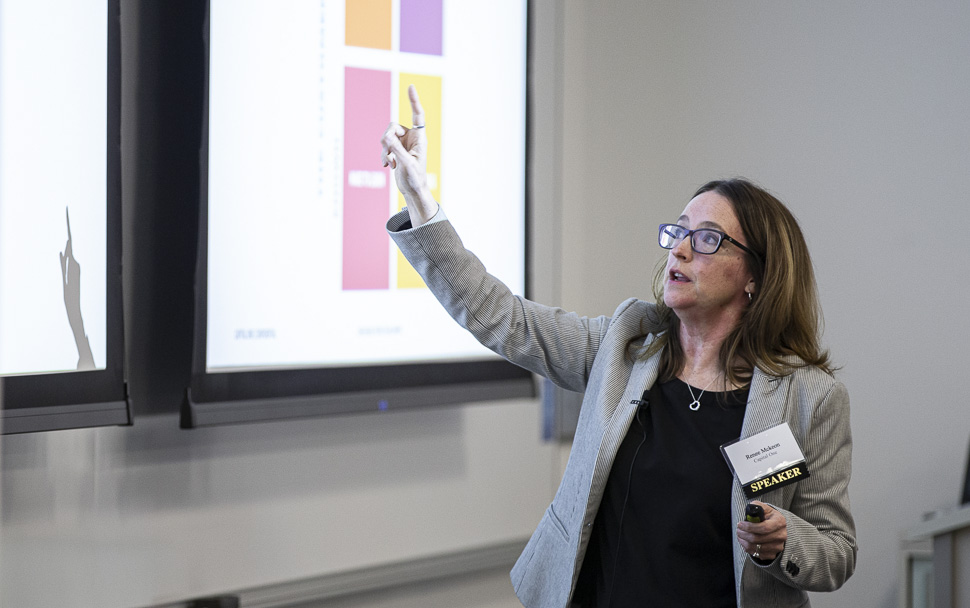
[Photo: Brandon Wade]
Traditionally, human-centered design has centered around enhancing a product’s look and functionality. But, new design techniques can help solve societal issues through empathetic understanding.
Design thinking is the fundamental skill people don’t know they need, according to Katie Krummeck. Working in design is an innovative process that can tend to take a lot of practice.
“A process can’t do anything,” Krummeck said. “People will drive the change. Once we realize most everything is designed, we begin to see that most everything can be redesigned.”
Renee McKeon led the session’s interactive workshop portion where attendees learned how to display empathy through design to deliver better solutions.
Conscious Innovation: Leveraging Potential Through Creativity and Collaboration
Amy Blankson, Author and Co-Founder of GoodThink
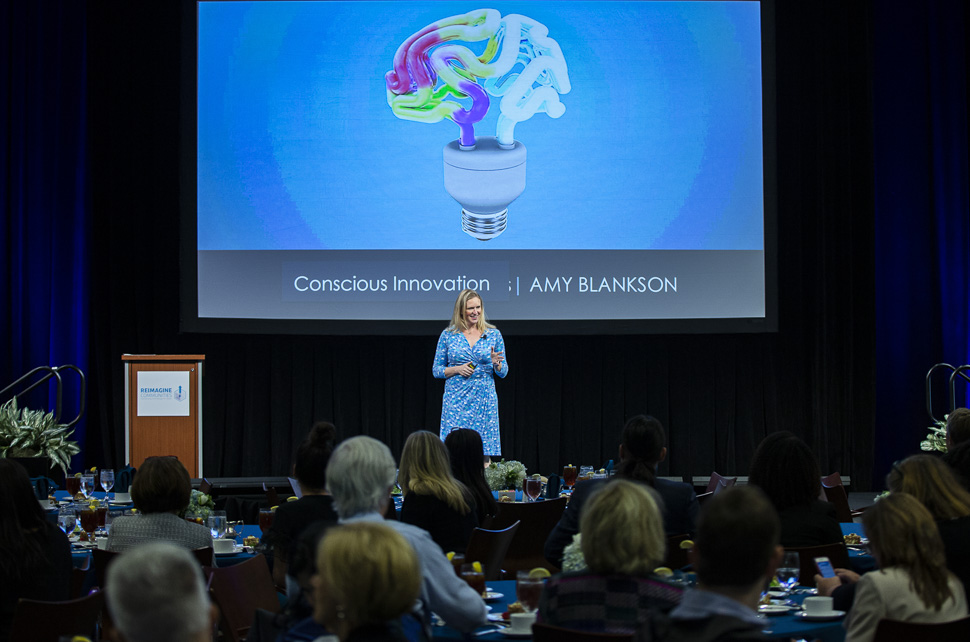
[Photo: Brandon Wade]
Dallas-Fort Worth’s Amy Blankson is dedicated to finding out how to cultivate happiness in the digital age. She co-founded Lewisville-based GoodThink, a research consulting firm that helps organizations create better workplaces, in 2007 with her brother, Shawn Achor. And, through her books (she penned the bestselling “The Future of Happiness”), consulting work, and public speaking, Blankson has spent a lifetime helping people leverage technology to be more productive and sane.
During her presentation, Blankson shared testimonials of people who have mobilized their communities for positive change and showed the audience how they too could be innovators if they collectively acted with intention.
“When thinking about reimagining communities, it’s so much bigger than just trying to solve problems and create output,” she said. “It’s about how we use data and how we use collaboration tools available to us to begin to cross-cut to the issues in a much bigger way.”
She touched on the effect of impact bias, and how our brains are single processors that often look at a giant storm instead of picking out a few different snowflakes. We live with limiting beliefs that can get held up by information—limiting, she said, because we often never start the fact checking process.
She ended with four strategies: “reclaim your focus” to use technology for good, “practicing positivity” and leverage optimism personally and as an organization, have a “growth mindset” to get over self-limiting beliefs, and “uplift your knowledge” through partnerships and community.
“We know that technology can help you,” she said. “It can help you become more attuned to each other through better collaboration.”
Leading with Innovation
Scott Stanzel, MVP of Corporation Communications, Capital One
Duane Dankesreiter, Senior Vice President of Research and Innovation, Dallas Regional Chamber
Kate Knight, Director of Innovation and Nonprofit Success, United Way of Metropolitan Dallas
Laila Alequresh, Chief Innovation Officer, City of Dallas
Steve Miff, President and CEO, Parkland Center for Clinical Innovation
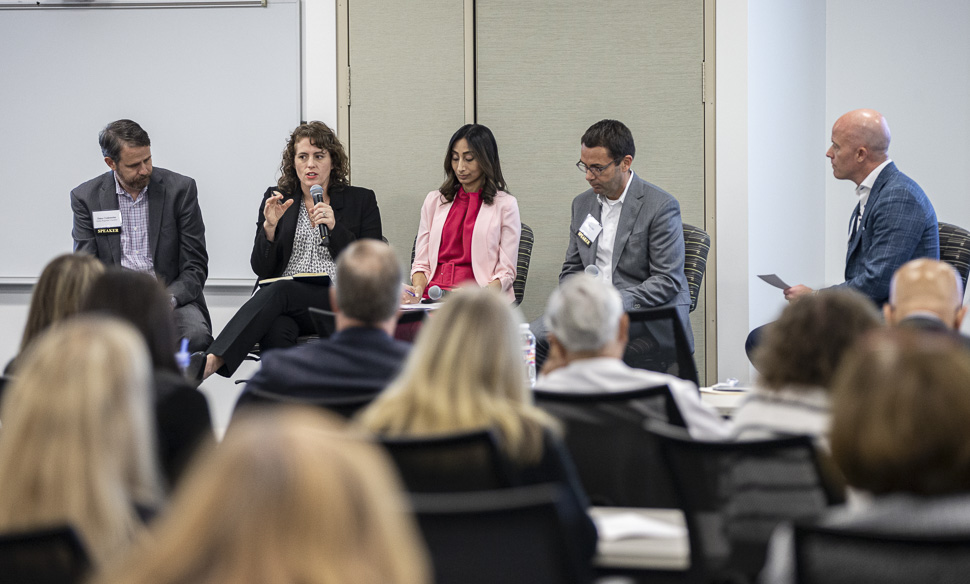
From left: Duane Dankesreiter, Kate Knight, Laila Alequresh, Steve Miff, Scott Stanzel [Photo: Brandon Wade]
This session was all about a topic we, at Dallas Innovates, are obviously very familiar with: innovation. It’s the key to remaining relevant as a community, nonprofit, corporation, and region, and a way to advance in a constantly changing environment.
The panel, moderated by Scott Stanzel, specifically explored design-based innovation and how to use it.
When asked about some of the most impactful types of innovation, Steve Miff said it’s important to learn about how to bridge mental and physical innovation. Through his work at the Parkland Center for Clinical Innovation, he thinks a lot about how to use data analytics and information to better understand the services in the emerging digital technology space.
“One of the initial successful programs and pilots that we made using this concept was focusing on the pediatric asthma population across Dallas country. We operated from the perspective of understanding the various risk profiles of the younger children,” he said. “A lot of what we think about is, ‘How do you take an existing or emerging problem and solve it?'”
Stanzel pointed out that innovation always comes back to process, and is more about how to work toward a solution than the technology itself.
Kate Knight agreed, pointing to a company in United Way of Metropolitan Dallas’ accelerator program that innovated through their way of working rather than a physical app or tech. The innovations that create a behavior change often make the greatest impact, she said.
In the eyes of Laila Alequresh, who has a city perspective, innovation is more about being employee-driven and customer centric. She wants to put people at the center of the solutions, empowering citizens to think about their jobs differently.
“If we don’t thrive and have people at the center of the solution, we’re never going to drive change,” she said. “Think of the most audacious, bold, ambitious solution that you can—completely out of the box—we’ll start to map it out, and eventually we’ll have what we need. But if we anchor on constraints in the beginning, we’re keeping ourselves from those solutions.”
When improving these processes of innovation, Duane Dankesreiter said it often goes back to the design thinking process. Through his role at the Dallas Regional Chamber, he’s seen numerous corporations start tearing down the silos by setting up design thinking studios and working together to solve problems.
“Identify the people in the process that can be advocates—the leadership part is really important,” he said. “Having leadership buy-in is when that process actually gets implemented. That’s probably the most important thing. You can’t empower people with just having a design thinking process. It has to then be implemented and followed through.”
AI and ML is the New Normal: How to Start Your Journey
Arjun Dugal, CTO, Capital One
Adam Martel, Co-Founder and CEO, Gravyty
Jon Gottfried, Co-Founder, Major League Hacking
Cristiano Oliveira, Founder and CEO, Olivia.ai
Vikas Chowdhry, Chief Analytics and Information Officer, Parkland Center for Clinical Innovation
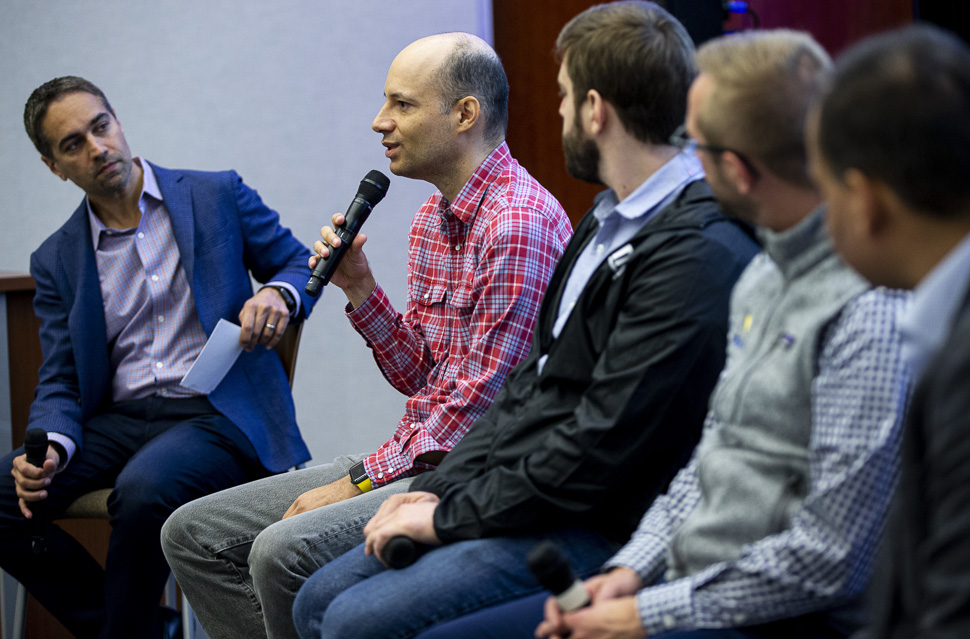
[Photo: Brandon Wade]
AI (artificial intelligence) and ML (machine learning) are transforming nearly every industry and all types of entities, from nonprofits to corporations to private companies. Many have expanded their capabilities to build tech-driven business systems that can more strategically enhance operations.
This panel delved into the what’s what of these emerging technologies.
AI can teach machines to be smarter. Vikas Chowdry pointed out that AI can often be used for good, like to understand where needs are in a community and how to fix them. For example, machine learning—a sub-discipline of AI—can do things like provide doctors better insight to do their jobs.
And luckily for many orgs, a lot of AI and machine learning tools are becoming cheaper and more accessible, Jon Gottfried said. He pointed to email marketing software, which most people might not realize is AI. But, it’s essentially doing things for you. And that’s how a lot of tools in this space are, too.
“When you can buy an off-the-shelf product that will give you a lot of benefits of machine learning and AI without having to build it yourself, that’s typically the best entry point for organizations,” he said.
Overall, the panelists agreed we were only at the tip of the iceberg.
“If we have the ability to step into the water,” Arjun Dugal said, “we know that the tide of AI in the future will be in use cases in areas that we haven’t even considered right now.”
![]()
Get on the list.
Dallas Innovates, every day.
Sign up to keep your eye on what’s new and next in Dallas-Fort Worth, every day.

